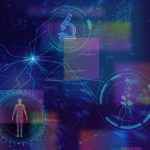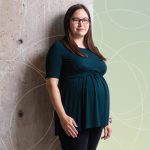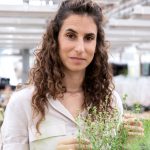Dear Friends,
When founder Jonas Salk and architect Louis Kahn conceived the design of the Salk Institute, they saw it not just as a workplace but as a gathering place for a community of scholars. From the open floor plan of the laboratories to the majestic Courtyard that unifies the site, the Institute was built to foster a sense of community among those who work here.
In the few short months of my tenure as Salk president, I am heartened to see the Institute’s community returning to campus, re-forming and strengthening bonds as the pandemic recedes farther in the rearview mirror with each passing day. Encouraging community is important to me not only on a personal and social level but on a pragmatic one as well. That’s because science requires collaboration to advance and improve the health of everyone in this world. Salk’s new Statement of Values expresses it succinctly: “Community enables us to harness the power of our collective talents.”
Collaboration among our community members is what makes Salk special. I believe it is the defining characteristic that sets our Institute apart and what will allow us to continue to honor the vision Jonas Salk had for this magnificent “cathedral of science.”
As you will see in this issue of Inside Salk, the future of Salk’s science is incredibly bright.
Within these pages, you’ll learn about how Salk scientists are devising new approaches in plant biotechnology to store atmospheric carbon within deeper root systems, addressing the challenge of pancreatic cancer with novel multicellular strategies, visualizing the activity of cells in real time with high resolution, and applying artificial intelligence to track fine motor movements and other behaviors.
Assistant Professor Dannielle Engle talks about her personal connection to pancreatic cancer, which changed her career trajectory. Staff Scientist Weiwei Fan describes how the ancient Chinese concept of qi inspires his work studying mitochondria, the powerhouses of the cell. Postdoctoral Researcher Natanella Illouz-Eliaz details her journey from tomato fields in Israel to mentorship and plant biology at Salk. And we learn about why Salk alumnus and Vice Chair of the Board of Trustees Richard Heyman feels so passionate about supporting the Institute’s future.
Additionally, we honor the life of prolific artist Françoise Gilot, widow of Jonas Salk.
In closing, I want to express how thrilled and honored I am for the opportunity to lead this world-renowned Institute in executing our bold vision. With your partnership, we will make the world a better place to live.
Warmest regards,

Gerald Joyce
Salk Institute President


























































